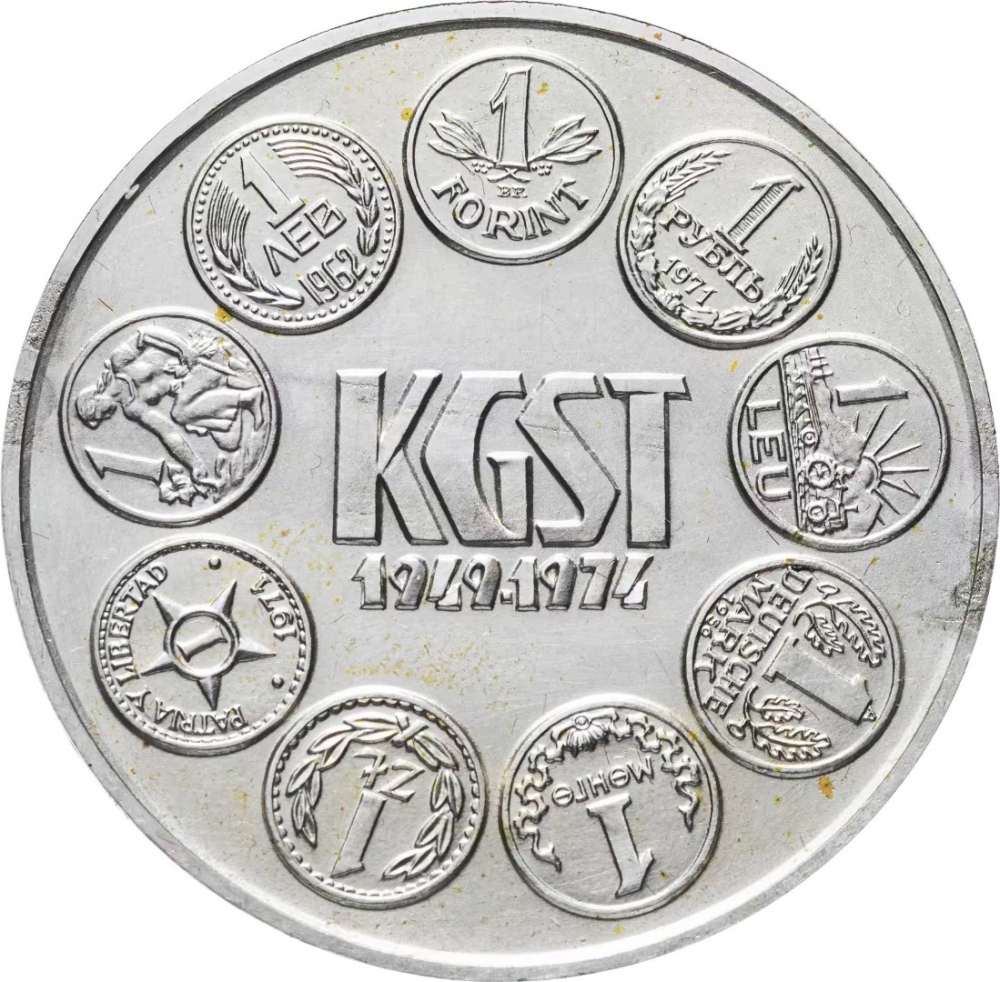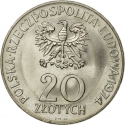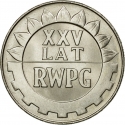You are about to finish your registration. Please check your mailbox (including spam folder). There should be a letter with a confirmation link. Check setting to make sure that your e-mail address is correct.
Send letter againDescription
The Council for Mutual Economic Assistance (abbreviated as COMECON), operated as an economic bloc from 1949 until 1991, primarily led by the Soviet Union. It encompassed Eastern Bloc nations alongside several socialist states globally.
The term "Comecon" was commonly used to denote all collaborative endeavors among its member countries, not solely limited to the organization's direct operations and functions. This usage also encompassed bilateral interactions among member states. In the framework of communist international economic relations, multilateral agreements, typically of a broad nature, were often implemented through a series of more detailed bilateral arrangements.
Comecon emerged in response to the Marshall Plan and the establishment of the Organization for European Economic Cooperation (OEEC), later evolved into the OECD, in Western Europe.
Engraver: Viktória Csúcs
Obverse

|
Depicts the abbreviation KGST (COMECON) and the years "1949-1974" (refers to the 25th anniversary of the establishment) below it, surrounded by the coins of the founding member states, symbolizing the establishment of the Comecon as a financial and trading union similar to the European Economic Community. KGST |
|---|---|
Reverse

|
Depicts the coat of arms of the Hungarian People's Republic, the engraver's initials (CSV) and the mintmark (BP) between the coat of arms and the denomination below, surrounded by the country name with the issue date below. MAGYAR NÉPKÖZTÁRSASÁG |
| Edge |



